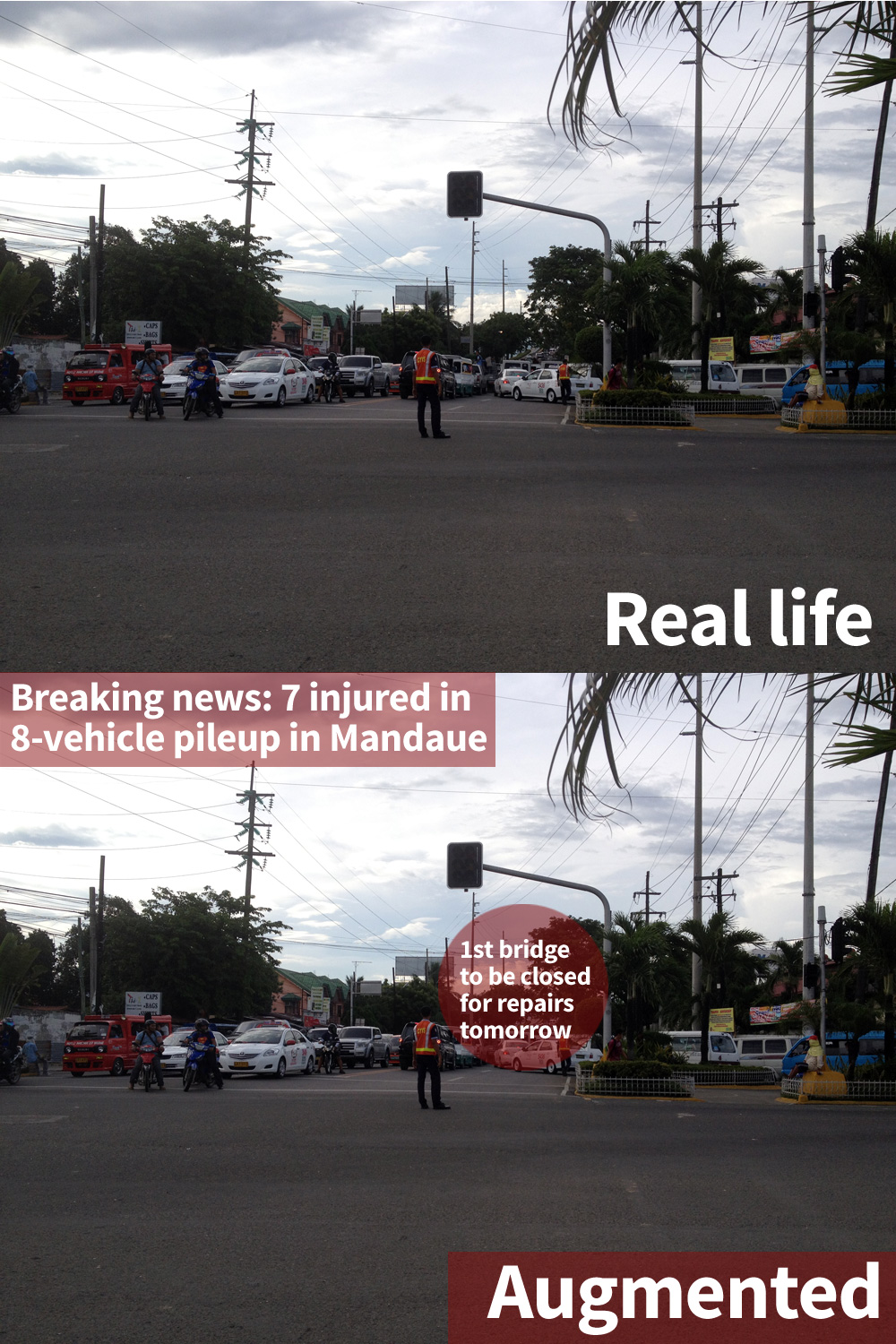Lenovo has recently revealed at the Lenovo Tech World 2016 the Phab2 Pro – the first Project Tango-powered smartphone for consumers. So if you’re curious about what this piece of tech can do then read on.
For the unacquainted, Project Tango is a Google platform introduced in 2014 that develops 3D mapping and depth-sensing technology for mobile devices. Developers can take advantage of the said tech by creating apps and features to enhance the experiences of its users such as transforming your home into a game level, and more immersive virtual and augmented environments.
1. You can interact/play with virtual objects.

Since Project Tango uses Augmented Reality, users will be able to see more than what is physically available. Imagine entering an ordinary room but with the help of Project Tango smartphone, you can add virtual objects and interact with them. One example is the Garden – Mixed Reality by Gotan and Home AR Designer by Elementals Studio, which allows virtual objects and the real environment to interact with each other.
2. Measure your surroundings with 3D tools.

This is pretty much straight-forward. Since Project Tango uses 3D mapping without the help of GPS, developers can create apps that enable a user to make precise measurements of a room as well as allow for indoor wayfinding. One app that does that is the Project Tango MeasureIt. Developers will surely develop more tools that take advantage of the technology.
3. Receive useful information about your current surroundings.

Stores, museums, and other establishments can produce apps that let users see more information about their products and services at a specific location. With Project Tango, users can watch inanimate objects become alive, or a plain room turn into a trove of information while at the same time also guiding you into other indoor locations.
4. Play games in a more interactive manner.

Games won’t be left out, of course. And given that Project Tango is designed to provide new experiences to users by blending physical and virtual, games designed on the platform will be more immersive and fun. Some games designed for Project Tango includes Ghostly Mansion by Rabbx Inc., Adventures of Poco Eco: Tango by Possible Games, and InnAR Wars by Flarb.
5. Enhance your learning and creativity.

Project Tango can also be used by people hungry for knowledge and want to consume them in a different way. One example is the Solar Simulator at Scale by Omar Shaikh. Professionals can also use it in their own field to simulate experiences while ordinary users can have fun by building virtual objects and visualize them like they’re in the real world. Some examples are Car Visualizer by NVYVE Inc. and Bike Config AR Store by Elementals Studio.
With all of these said, the possibilities for a Project Tango smartphone is almost limitless. On the downside, we only have the Lenovo Phab2 Pro to choose from, but you can expect more to be produced once more users and developers adopt and support the technology.
The post 5 cool things you can do with a Project Tango smartphone appeared first on YugaTech | Philippines News & Tech Reviews.



